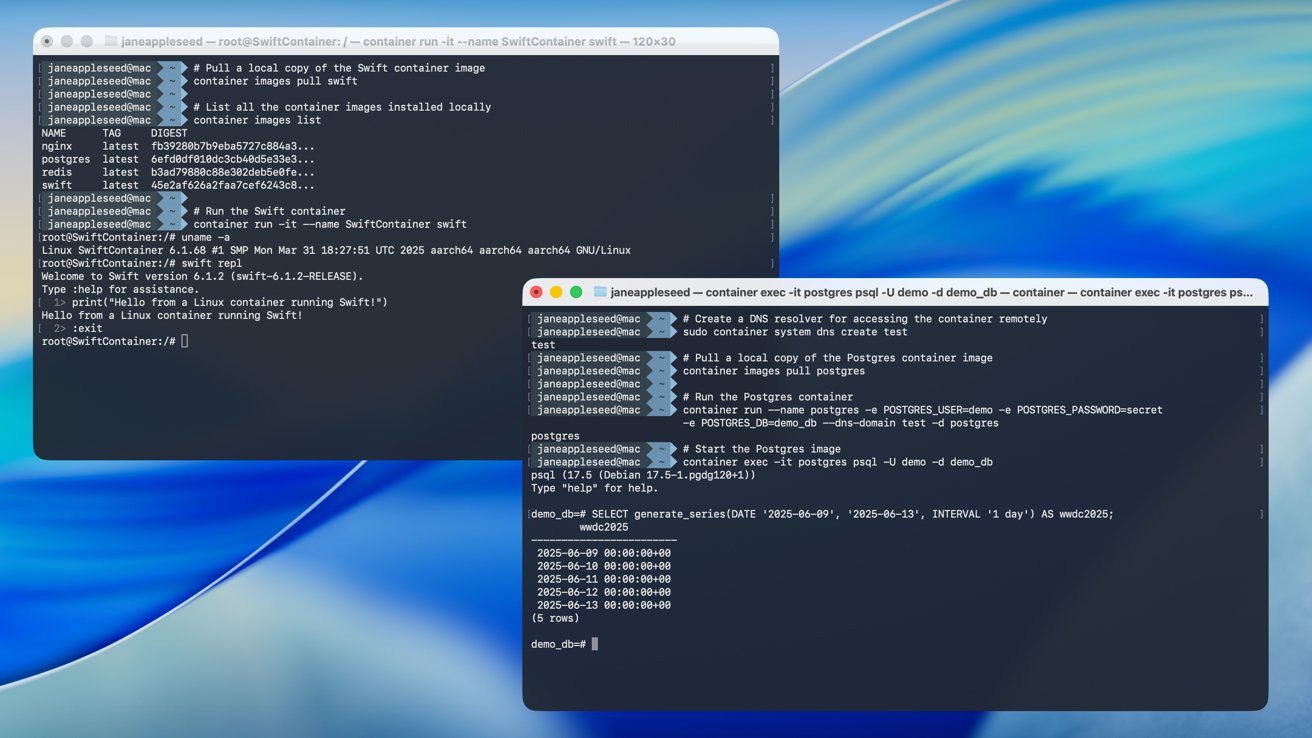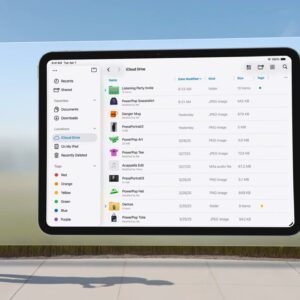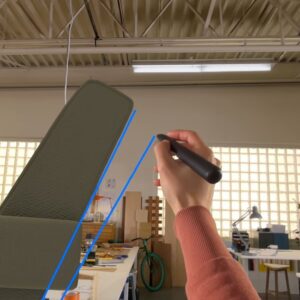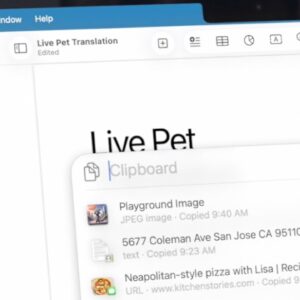
Running a Linux virtual machine on Mac can be resource-exhaustive, but Apple just made it much better in macOS 26 with native support for running Linux containers without the need for third-party apps like Docker.
WWDC 2025 had a busy keynote with the new Liquid Glass design and several ecosystem-wide upgrades. So, it may have been easy to miss one of the bigger feature updates targeted at developers.
A technical educator named Xe Iaso with a blog sharing their name spotted a quick snippet in Apple’s newsroom post about the Containerization framework. This framework will enable developers to run a Linux container directly on the Mac.
Apple’s text on the feature was brief, but the implications are big.
The Containerization framework enables developers to create, download, or run Linux container images directly on Mac. It’s built on an open-source framework optimized for Apple Silicon and provides secure isolation between container images.
According to Xe Iaso, running Linux via third-party tools like Docker causes an instant hit to the available system resources and MacBook battery life. Virtual machines are translating over multiple layers and can grind some processes to a halt.
The new native tool is open-sourced and optimized for Apple Silicon. It should be a much better way for developers to manage workflows via Linux.
Developer betas are being sent out now, so developers will be able to test the feature and find out exactly how well it will work. It could be what the blog post describes as an “invincible server-side development experience that rivals what Google engineers dream up directly on your MacBook.”









